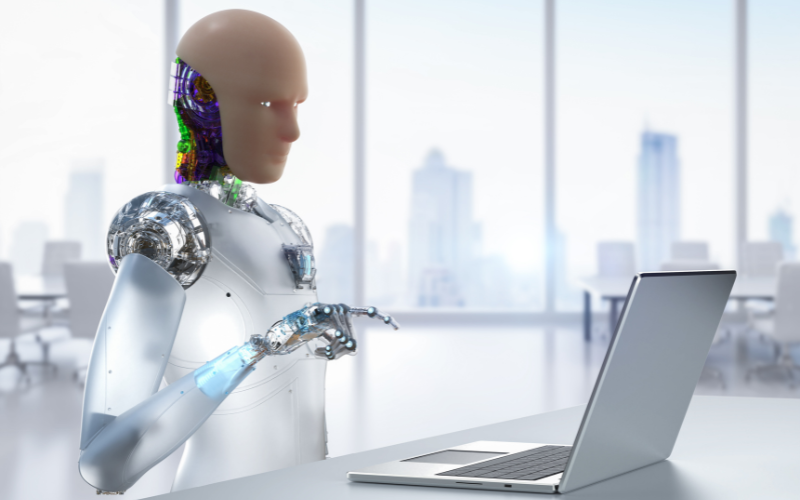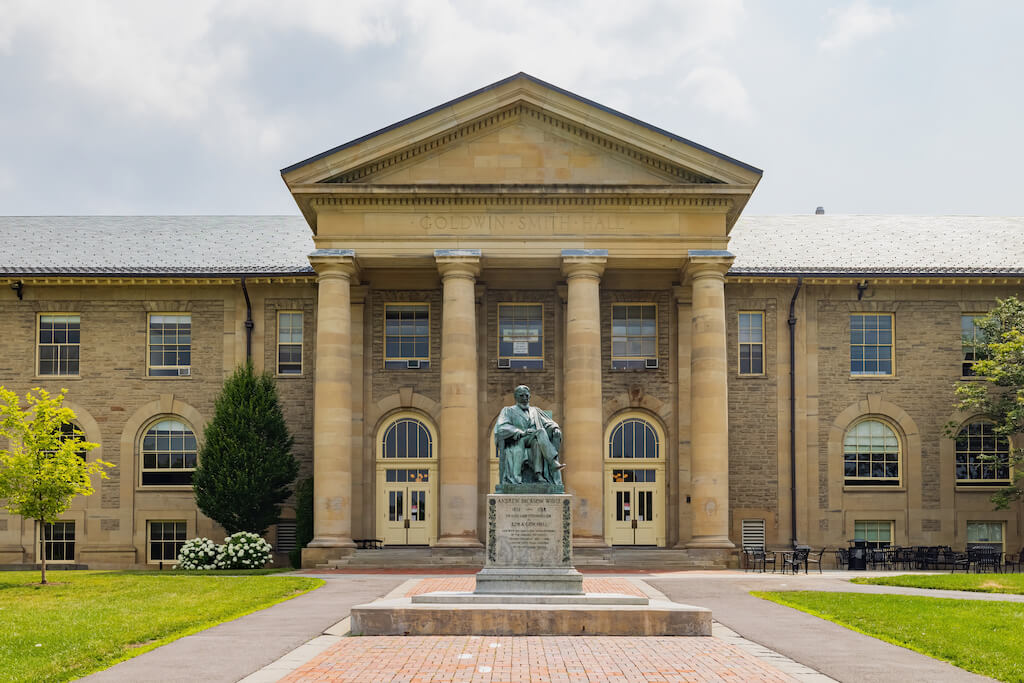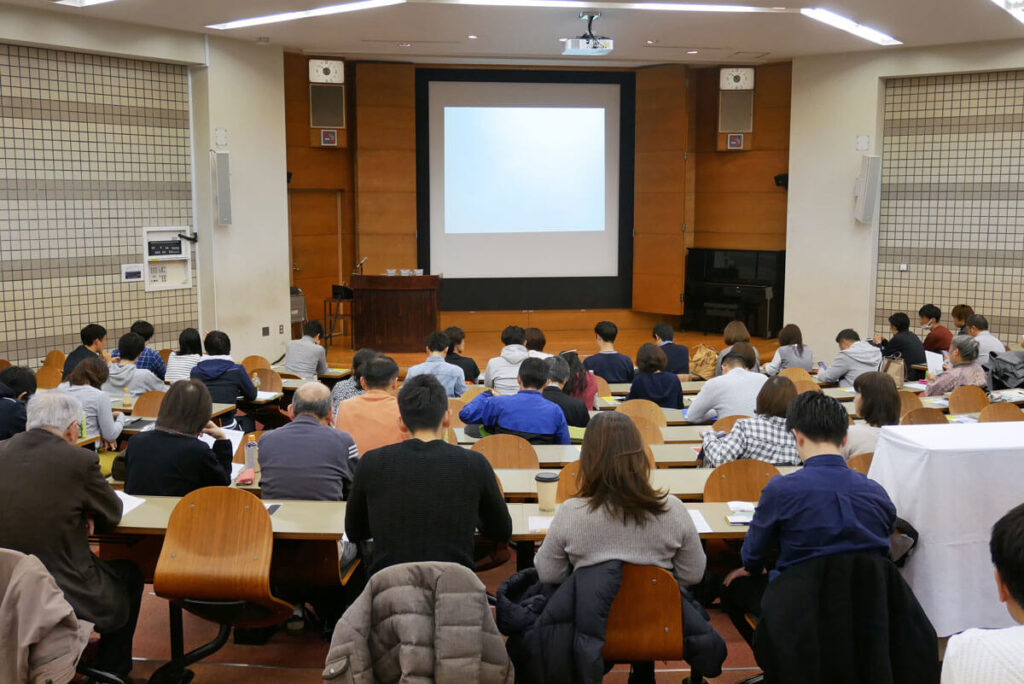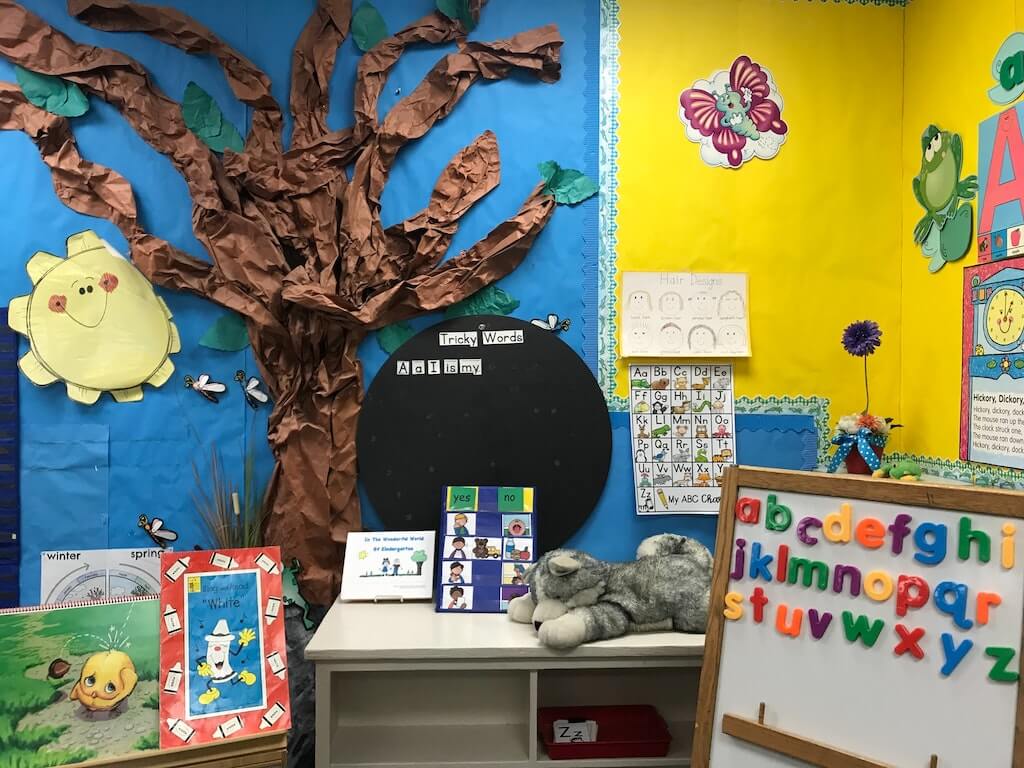By now, it should be evident that generative AI tools will impact the future of the workforce. Predictions of the extent of the impact vary widely. There are several papers and articles that have come to my attention over the past few weeks that provide similar findings and viewpoints.
Using AI in the Workplace as a Teammate
Wharton professor Ethan Mollick’s blog, papers, and books are included in my regular reading. The research that he and several colleagues conducted regarding Boston Consulting Group’s (BCG) professionals using AI was insightful.
In a recent post on his blog, One Useful Thing, Professor Mollick writes about a new working paper he and many of his co-authors on the BCG paper recently published. The Cybernetic Teammate: A Field Experiment on Generative AI Reshaping Teamwork and Expertise discusses an experiment with more than 750 professionals at Proctor & Gamble (P&G).
The previously published BCG paper was designed to measure the productivity of new BCG consultants performing specific task(s) designed by the researchers. More than 700 consultants were given specific times within which the tasks had to be completed and were measured for their accuracy and productivity. Half of the consultants used ChatGPT, and half did not.
The researchers and co-authors studying the BCG consultants recommended that companies using AI should consider four points: (1) they should build a hiring, training, and reselling plan, (2) they should use GenAI technologies selectively and check results, (3) they should protect diversity of thought, and (4) they should build a data advantage.
It was clear to me that the more recent research project with P&G professionals was designed with the previous outcomes in mind as well as incorporating the advanced capabilities of ChatGPT. Rather than assigning the groups a few selected tasks with a time limit to measure productivity, the P&G professionals were tasked with real product innovation challenges.
There were three research questions that the researchers wanted to answer:
- Does GenAI provide the performance gains traditionally attributed to teamwork?
- Does GenAI enable a broadening of expertise even when employees lack certain specialized knowledge and skills?
- Can GenAI offer the kind of social engagement that we typically associate with human collaboration?
Half of the P&G employees were randomly assigned versions of Chat GPT to use for specific assignments, and half were not assigned a generative AI product. Teams were randomly created, matching a commercial expert with a technical R&D expert. Some individuals worked on their own, either with or without AI.
The design allowed the researchers to isolate the effects of AI and teamwork independently and in combination. Items measured included solution quality (evaluated by a minimum of two expert judges per solution), time spent on a solution, and participants’ emotions.
When working without AI, teams outperformed individuals. Individuals working with AI performed just as well as teams without AI. When I think about this finding, I consider the impact AI could have on future corporate staffing needs. The difference between individuals using AI and teams using AI was not statistically different.
AI-enabled groups worked faster, saving between 12-16 percent of the time taken by groups working without AI. AI helped employees bridge functional knowledge gaps, helping amateurs “act more like experts.”
As mentioned earlier, the researchers also measured participants’ emotions. P&G employees using AI reported much higher levels of positive emotions compared to employees not using AI.
One of the significant findings of the researchers is that AI functions more like a teammate than just a tool. While no one claimed that the AI is a human, the AI tool was able to replicate some of the core benefits of teamwork such as improved performance and sharing expertise.
Working papers are not meant to be quoted in other research papers until the paper is published in final form. Nonetheless, the findings bear consideration. In this research project, as well as the BCG project, the researchers were able to work with a large (750+) group of employees and design randomized pairings and AI tools for the tasks assigned. Large groups provide statistical validity. It’s even better when you have a large group from a company known for its expertise in product innovation.
For every project like the P&G project, there are likely 20-30 more that are not so carefully monitored and measured for statistical relevance. I suspect that by the time this paper is completed, many companies will have expanded their utilization of AI as a tool complementing their skilled professionals. Meanwhile, I look forward to reading the final paper when published.
Are Employees Prepared for AI Workplace Changes?
In an article titled “Blind Spot on AI” on his The Job blog in early March, Paul Fain writes that no one has answered how students should be educated for a world where jobs are automated through AI.
Mr. Fain writes about the significant advances in automation enabled by agentic AI. He notes that automating a broad range of business processes indicates that education programs for knowledge workers must change. Fain cites a Jared Chung blog post that indicates most of the predictions regarding AI-related job changes or losses were published before quality agentic AI tools became available.
According to Mr. Chung, the lack of alignment between economists and researchers, tech and large employers, and the education and workforce development sector means that we’re unable to advocate for policies and practices that will help us create great new jobs for the workforce.
Paul Fain also cites a recent interview with former Biden AI adviser Ben Buchanan who states that he believes artificial general intelligence (AGI) will be achieved during the four-year term of President Trump. Several quotes that I found notable include:
- “The future is already here – it’s just unevenly distributed.”
- “Unless you are engaging with this technology, you probably don’t appreciate how good it is today. It’s only going to get better.”
- “This technology — for the first time, maybe in a long time — is a revolutionary one that is not funded by the government.”
- “We cannot move at the typical government pace. We have to move faster here.”
- “We will be in a world in which the 19-year-old or the 25-year-old will be able to use a system to do things they were not able to do before.”
The last statement is likely to have the greatest impact on higher education. While students admitted to elite colleges and universities will likely attend them, most college students don’t have as many choices. Enabling people to become an effective employee at an age where many of them were struggling to complete a four-year degree will be impactful.
Also cited in Mr. Fain’s post is a Brookings paper published in October 2024 titled Generative AI, the American worker, and the future of work. Some of the highlights of their research include:
- More than 30% of all workers could see generative AI disrupt at least 50% of their occupation’s tasks.
- Generative AI is likely to disrupt cognitive and nonroutine tasks, especially in middle-to-higher-paid professions.
- We are not prepared for the potential risks and opportunities that generative AI is poised to bring.
- Most of the industries that face the greatest exposure to generative AI today are those that, just a few years ago, were ranked at the bottom of automation risk.
- Higher-paying fields with advanced degree requirements, such as business and finance, STEM pursuits, architecture and engineering, and law, dominate the sectors that face the greatest exposure.
- Education, health care, and community and social services have medium exposure.
- Manually intensive blue-collar sectors face the least exposure.
The Brookings research includes an interesting chart (see below) of the occupations with high exposure and high automation potential.
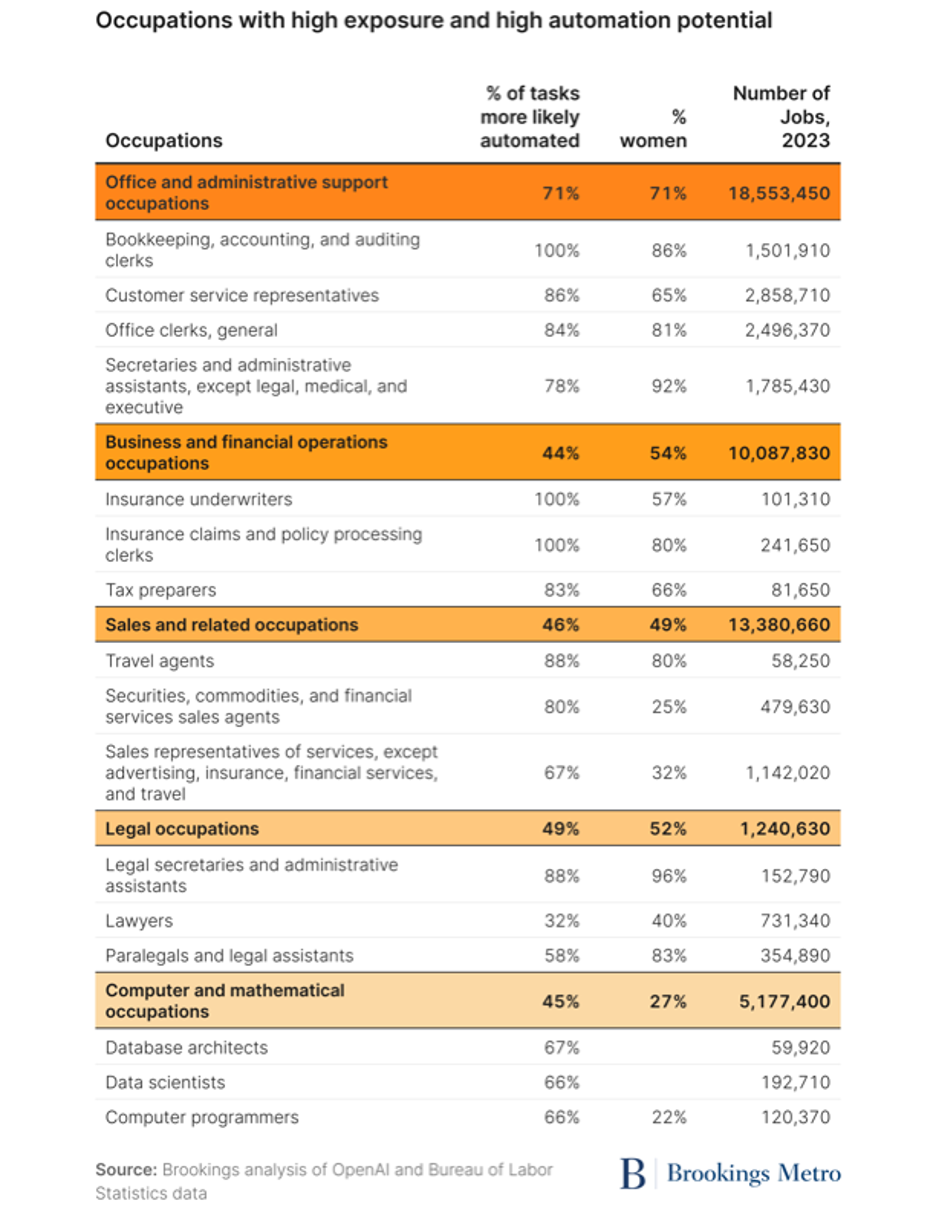
A substantial percentage of these professions require individuals with undergraduate and graduate degrees. The researchers note that generative AI could accelerate the hollowing out of occupations where degrees are not required, like bookkeepers, HR assistants, bank tellers, and payroll clerks.
AI Could Change the Value of Expertise
A March 10, 2025 article in the Harvard Business Review titled How Gen AI Could Change the Value of Expertise claims that generative AI is likely to affect some 50 million jobs in the future. Authors Joseph Fuller, Matt Sigelman, and Michael Fenlon posit that “the skills, experiences, and credentials that employers use to evaluate job candidates will change rapidly.”
The authors and researchers maintain that experienced workers will be empowered while less experienced workers’ access to better jobs will be restricted. To determine which occupations would be impacted the most, they examined learning curves, the differences in the time it takes for workers in different jobs to reach peak productivity.
According to the researchers, earning curves are a good proxy for productivity growth over time. By looking at different occupations, they were able to isolate roles in which experienced workers earn significantly higher salaries. They then adapted a model of how Gen AI impacts tasks within occupations, allowing them to identify the jobs that Gen AI could impact.
The chart below reflects a few of the occupations tracked for their earnings curves over time. The researchers estimate that approximately 30 million workers, or 20% of all workers, could be impacted.

The researchers noted that in careers with steep learning curves, Gen AI’s capabilities can boost the productivity of experienced professionals and reduce the need for less experienced professionals. Fewer newcomers will have the opportunity to gain experiences that lead to higher-paying positions creating a challenge for employers seeking to develop talent pipelines.
Employers will be required to build new training models that accelerate learning to enable new workers to “climb the learning curve more quickly.” According to the researchers, companies will likely develop internal training programs based on industry and company-specific knowledge.
Companies that rise above the challenges will be those that understand the nature of AI-augmented learning curves. With the right strategies and tools, these curves can be reshaped and optimized, enabling a workforce that “is more agile, adept, diverse, and productive.”
I’m skeptical that these optimizations can occur outside of the largest employers. As a result, it’s possible that the workers displaced from larger companies can be utilized for their expertise in smaller companies. At the same time, AI tools for individuals are priced substantially below enterprise pricing and are available for all who can afford them.
Final Thoughts
While I began this article with a review of a new working paper examining teams’ productivity at P&G using AI (as well as a summary of the researchers’ previous paper examining the productivity of BCG consultants using AI), the other papers/articles cited complement the findings.
AI tool providers like ChatGPT are improving and enhancing their AI tools at a pace that, in many cases, outstrips the implementation of AI in various industries, companies, and educational institutions.
When ChatGPT-4o was first available, I became an unofficial evangelist to friends and relatives who had not spent any time using that tool or other AI tools that were available. I knew which ones followed through with my suggestion because they usually sent me the outcome of a project that the AI-enabled.
The tools have improved greatly. I believe they’re now at the stage where most companies can begin serious pilots for widespread productivity improvements and improved output quality. Assuming that these projects are successful, we will see the disruption in the workforce that several of the papers in this article predict.
The education sector is sadly underrepresented in these large-scale trials and pilots. I understand why no one wants to replace human intervention in teaching. At the same time, there is evidence that using AI can reduce the time required for non-teaching tasks as well as provide personalized education on a scale that no human can manage.
We’ll likely see widespread implementation of AI in education at our business schools, engineering schools, and community colleges before we’ll see it elsewhere. Why? Because employers will demand that graduates know how to utilize it effectively.
If the Fuller, Sigelman, and Fenlon research bears out, colleges and universities will have to work harder to demonstrate that their graduates can move up the learning curve quickly when hired. That may require a greater focus on competencies and competency-based education that most universities have ignored. Hopefully, more than a handful are considering changes.
If you’re a college dean, provost, or president, it’s time to buckle up! An already bumpy ride is likely to get bumpier.
